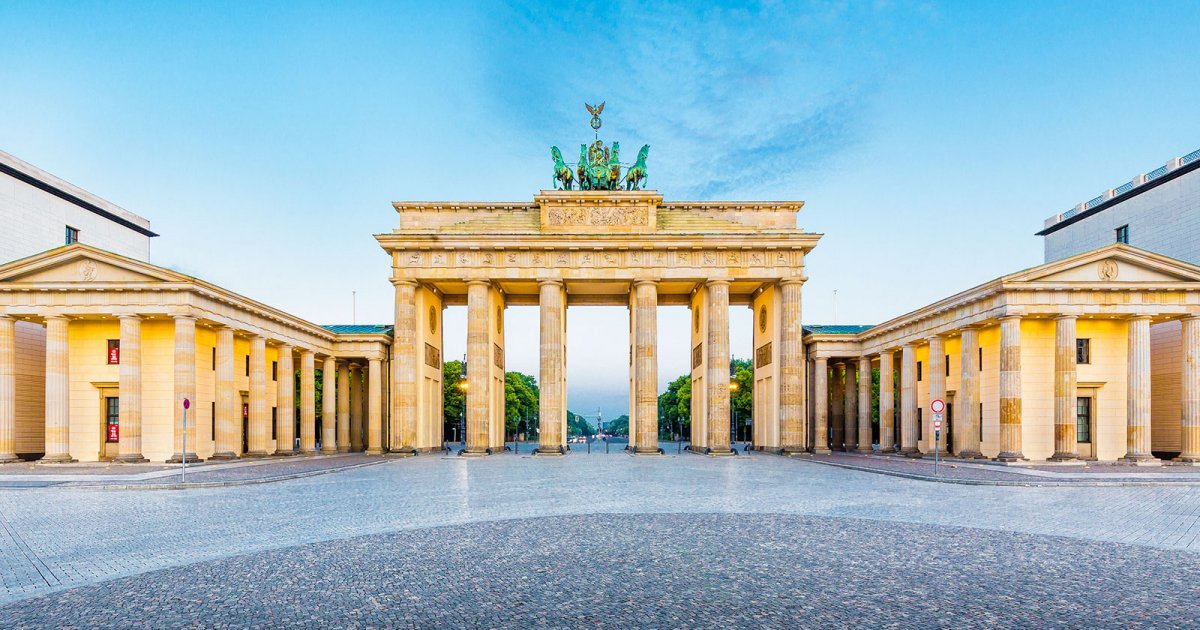BRANDENBURG GATE, Brandenburg Gate
 Language: English / USA
Language: English / USA
Hi, my name’s Scott, and I’m your personal guide. Along with MyWoWo, I’d like to welcome you to one of the Wonders of the World: the Brandenburg Gate.
The Brandenburg Gate is the most famous and most widely photographed landmark in Berlin.
It was commissioned in 1791 by Frederick William II of Prussia, who entrusted the task to the German architect Carl Gotthard Langhans, and it was to represent a symbol of peace and unity among peoples. The design was inspired by the Propylaea, the huge gateway to the Acropolis in Athens. The Gate is made up of six columns on each side, leaving five gateways: the central opening was reserved for the royal family, while the rest of the population could pass through the side openings. On top of the gate, you can see the famous Quadriga of Victory, by Johann Gottfried Schadow, depicting the goddess of Victory driving a chariot drawn by four horses.
As you can see, the Gate also has two side rooms, which once hosted a customs office and a guardhouse. Today they house an information office and an interesting “Room of Silence”, designed for meditation and reflection on the value of brotherhood.
Both a triumphal arch and historically the most important entrance to the city, the Brandenburg Gate is located in Pariser Platz, once the grandest square in the capital, the place where Berlin traditionally welcomed visitors, separating the Tiergarten park from the magnificent Unter den Linden boulevard.
The Brandenburg Gate took on enormous symbolic value during the Cold War, because it marked the border between East and West Berlin. It was here, on August 13, 1961 that construction of the Berlin Wall began, and the Gate became one of the eight passages that West Berliners were allowed to use to visit relatives in East Berlin.
Let me leave you with an interesting fact: in 1806, the Quadriga of Victory was taken to Paris by Napoleon, and was not recovered by the Germans until 1815, following Bonaparte’s defeat. On that occasion, the artist Karl Friedrich Schinkel, as a celebration of victory, placed an iron cross in the hands of the goddess, topped with a wreath of oak leaves and an eagle, the symbol of Prussia.



